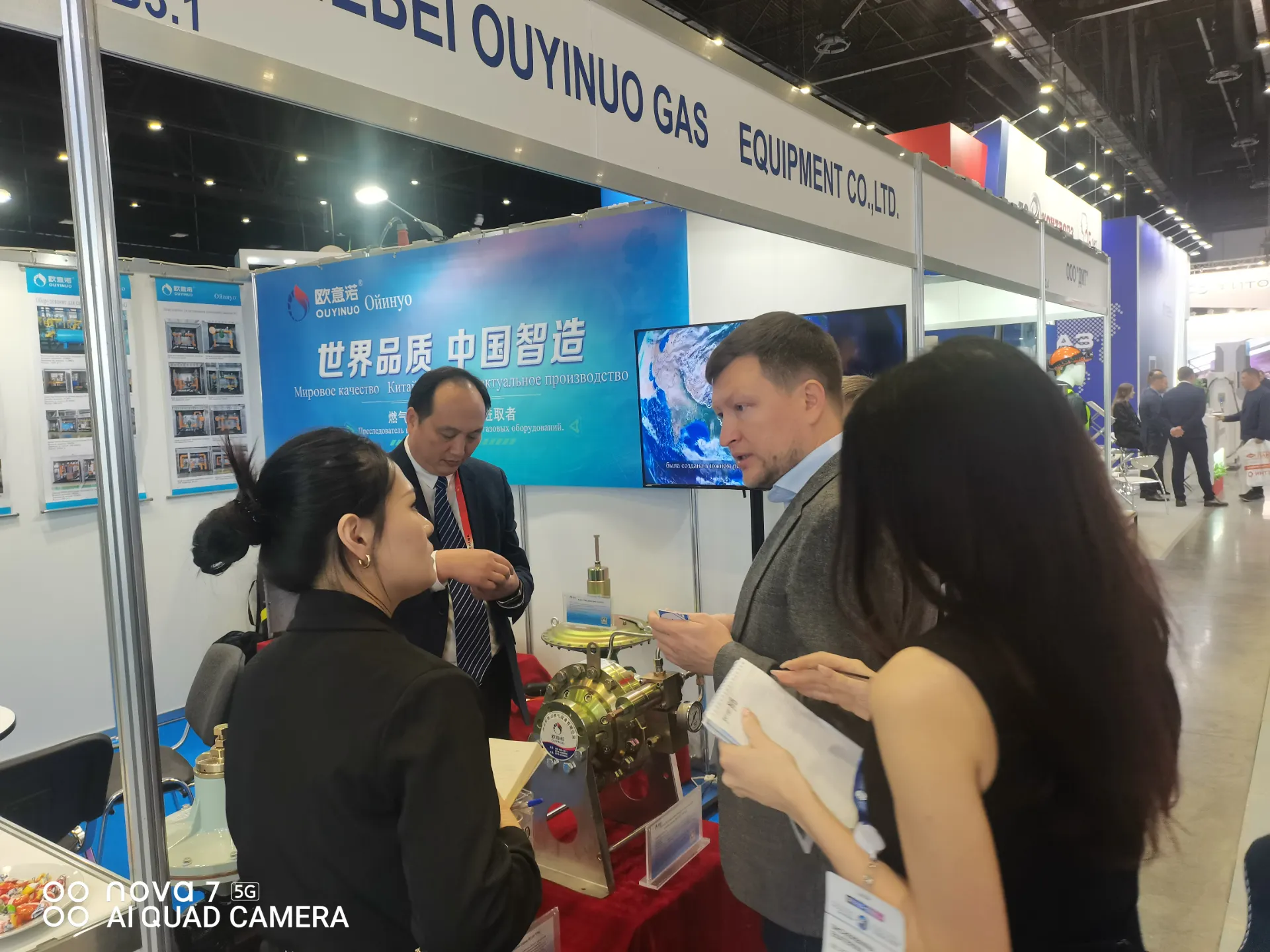
Dec . 12, 2024 01:30
Back to list
natural gas pressure reducing valve
Understanding Natural Gas Pressure Reducing Valves
Natural gas plays a central role in energy consumption across industries and households, serving as a fuel source for heating, cooking, and electricity generation. However, the delivery of natural gas must be managed carefully to ensure safety and efficiency. This is where natural gas pressure reducing valves (PRVs) come into play. These devices are vital for regulating the pressure of natural gas as it travels from high-pressure transmission lines to lower-pressure distribution lines, ensuring that it is delivered at a level suitable for residential and commercial use.
The Importance of Pressure Regulation
Natural gas is transported through an extensive network of pipelines under high pressure to facilitate efficient long-distance transport. However, when the gas reaches its destination, such as a residential area or a commercial establishment, it needs to be at a much lower, safer pressure to prevent leaks, ensure appliances function correctly, and avoid potential hazards. Without proper regulation, high-pressure gas could result in severe safety incidents, including explosions or fires.
How Pressure Reducing Valves Operate
A pressure reducing valve functions by automatically adjusting the flow of gas based on the pressure levels in the system. Typically composed of a valve body, a diaphragm, and a spring mechanism, the PRV operates through a simple yet effective process. When the high-pressure gas enters the valve, it pushes against the diaphragm. The diaphragm’s movement compresses the spring, which adjusts the opening of the valve. This mechanism allows for the gas to exit at a predetermined, consistent lower pressure.
PRVs are designed with set pressure thresholds. For example, a PRV may be set to reduce the pressure from 60 psi (pounds per square inch) in the supply line down to 6 psi for use in a home. This automatic adjustment allows for a steady supply of gas to appliances like furnaces, stoves, and water heaters without requiring manual intervention.
Benefits of Using Pressure Reducing Valves
natural gas pressure reducing valve

1. Safety By controlling gas pressure, PRVs help prevent dangerous situations that could arise from leaks or over-pressurization.
2. Efficiency Maintaining proper pressure reduces the possibility of excess gas usage, leading to lower energy bills for consumers.
3. Protection of Equipment Appliances designed to operate at specific pressure levels can become damaged if exposed to higher pressures. PRVs protect these appliances, ensuring longevity and reliability.
4. Regulatory Compliance Many regions have strict regulations regarding gas pressure management. Utilizing PRVs ensures compliance with these rules, avoiding potential fines and legal issues.
Maintenance and Inspection
To ensure proper function, natural gas pressure reducing valves require regular maintenance and inspection. This involves checking for leaks, verifying the pressure settings, and ensuring that the valve components are clean and free from obstructions. Regular upkeep not only enhances safety but also prolongs the lifespan of the valve.
Conclusion
Natural gas pressure reducing valves are indispensable components in the safe and efficient delivery of natural gas. By regulating gas pressure from high sources to usable levels, these devices provide safety, improve energy efficiency, and protect household appliances. Understanding their operation and importance can help users appreciate the role of PRVs in the broader context of natural gas utilization. Regular maintenance and adherence to safety standards further ensure that these systems operate effectively, contributing to a reliable energy supply across homes and businesses alike.
Next:
Latest news
-
Safety Valve Spring-Loaded Design Overpressure ProtectionNewsJul.25,2025
-
Precision Voltage Regulator AC5 Accuracy Grade PerformanceNewsJul.25,2025
-
Natural Gas Pressure Regulating Skid Industrial Pipeline ApplicationsNewsJul.25,2025
-
Natural Gas Filter Stainless Steel Mesh Element DesignNewsJul.25,2025
-
Gas Pressure Regulator Valve Direct-Acting Spring-Loaded DesignNewsJul.25,2025
-
Decompression Equipment Multi-Stage Heat Exchange System DesignNewsJul.25,2025

